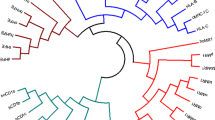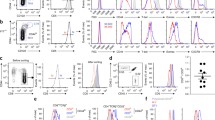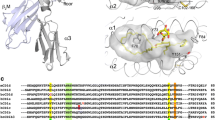Abstract
The lack of polymorphism of nonclassical antigen-presenting molecules has led to the proposal that they may carry out some conserved and essential antigen-presenting function. Although this is a plausible hypothesis, the major histocompatibility complex has undergone dramatic expansions and contractions through evolution, and there is surprisingly little evidence for interspecies conservation of nonclassical class I molecules. The CD1d molecule, by contrast, shows an extremely high degree of functional conservation between mice and humans, with regard to its interaction with the relatively invariant TCRs that are expressed by NK T cells. This conservation for CD1d recognition is observed either in the absence of exogenous Ag or together with a lipoglycan antigen. The close functional and phenotypic conservation of NK T cells, in mammalian species separated by approximately 50 million years, suggests an essential role in the immune system for CD1d recognition by NK T cells.
Similar content being viewed by others
Author information
Authors and Affiliations
Rights and permissions
About this article
Cite this article
Brossay, L., Kronenberg, M. Highly conserved antigen-presenting function of CD1d molecules. Immunogenetics 50, 146–151 (1999). https://doi.org/10.1007/s002510050590
Issue Date:
DOI: https://doi.org/10.1007/s002510050590




